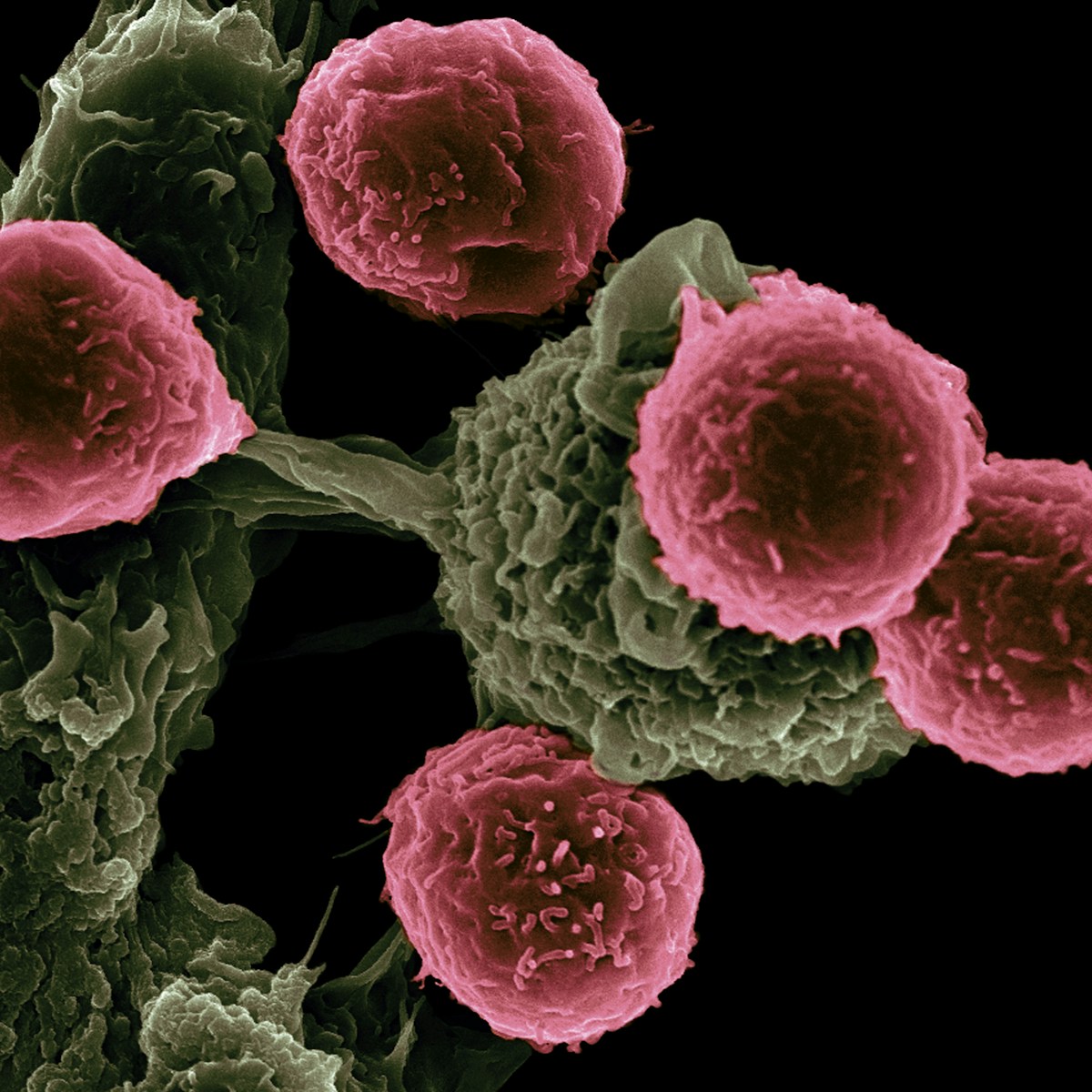**Quantum AI Outperforms Classical Models in Cancer Drug Discovery**
Insider insiders report that researchers have made a groundbreaking discovery in the fight against cancer. For the first time ever, a generative model running on quantum hardware has superseded state-of-the-art classical models in generating viable cancer drug candidates.
In collaboration with Insilico Medicine, the University of Toronto, and St. Jude Children’s Research Hospital, scientists used generative AI to develop novel KRAS inhibitors, a key focus in cancer therapy. This is a significant breakthrough as these inhibitors were previously considered “undruggable” due to their biochemical properties.
The team used generative AI to create one million drug candidates each, filtered them algorithmically and by humans, and then synthesized 15 molecules to be tested through cell-based assays. The molecules generated by the quantum-enhanced generative model showed a superior binding affinity over those generated by classical models.
The researchers have recently published their findings on ArXiv, and it’s an important step forward in the potential of generative AI combined with quantum-augmented models for challenging drug discovery targets. The collaboration aims to push this research further, applying their methodology to other disease targets in cancer and extending their quantum-enhanced generative AI to other industrial use cases.
This technological advancement is already on the horizon, with a strategic partnership between Zapata AI and D-Wave Quantum Inc. in development. The two companies are focusing on building quantum generative AI models to accelerate the discovery of new molecules for commercial applications, bringing hope to those in the fight against cancer and other difficult-to-drug targets.
What do you think about this groundbreaking research in cancer drug discovery? Could quantum AI be the future of drug development? Share your thoughts in the comments below!
IntelliPrompt curated this article: Read the full story at the original source by clicking here a fun game: sprunki horror

